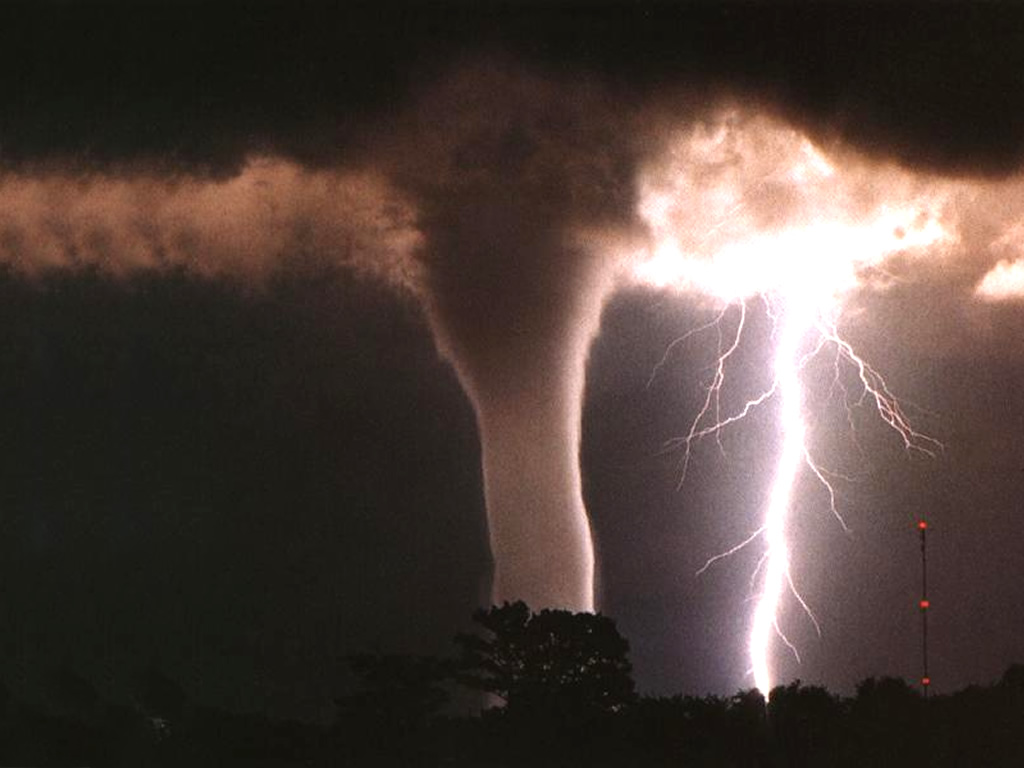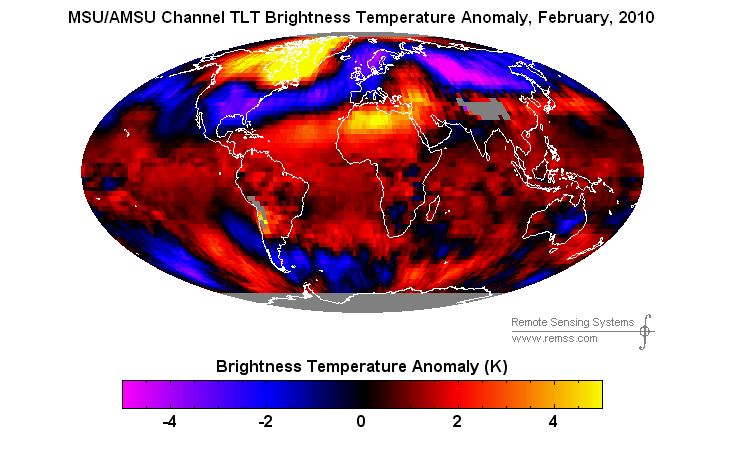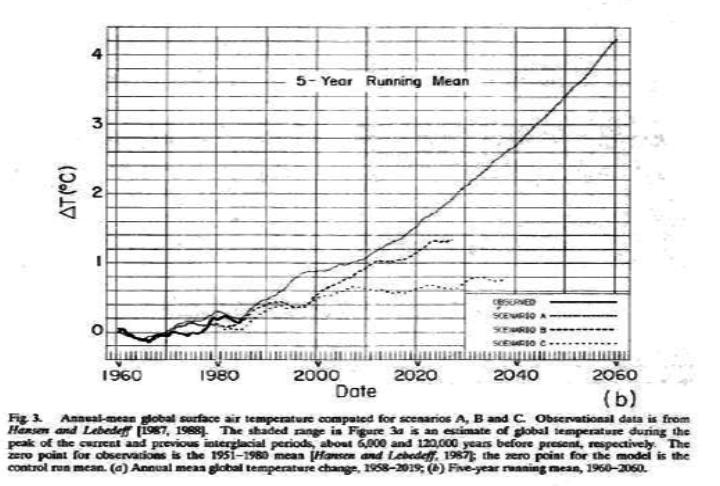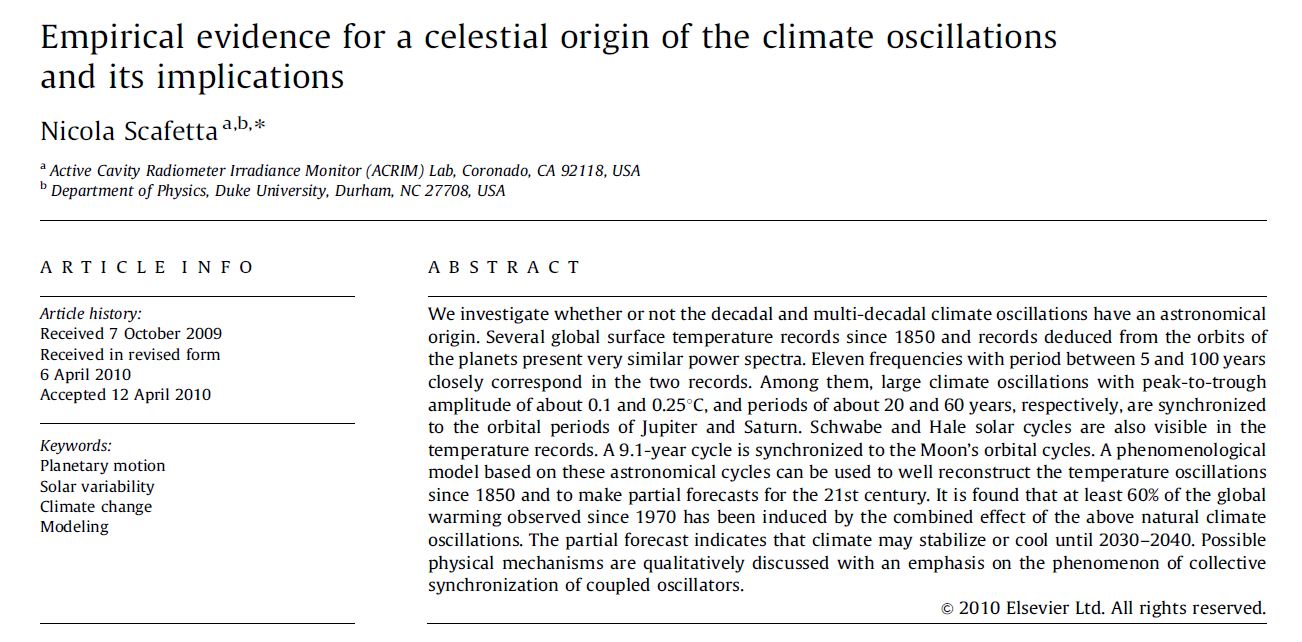When I was a kid, I was fascinated by the weather. My most prized possession was a small black softcover book named “Weather.”
I wondered what caused the drought which drove the Anasazi out of Chaco Canyon. I wondered what caused the Dust Bowl. What caused the MWP, which some climate scientists apparently felt the need to hide? To date, I have never seen any good answers to these questions.
Weather and climate are both poorly understood, chaotic systems. Weather models (sometimes) do an excellent job for 72 hours or so, but beyond that they break down rapidly. The strength of Hurricane Igor was mispredicted just hours in advance.
http://www.remss.com/msu/msu_data_monthly.html
Last winter, temperatures in Nunavut were persistently above normal, while they were persistently below normal in Siberia. The Northern hemisphere had the second greatest winter snow cover on record. What causes these patterns?
Some have proposed a simple-minded model of the climate, where only one variable (atmospheric CO2 content) dominates all other influences.
http://pubs.giss.nasa.gov/docs/1988/1988_Hansen_etal.pdf
I find this explanation mind-numbingly unattractive and unpalatable. I don’t want my children’s science lessons to be reduced to such a simple-minded level. (Thank you Al Gore.)
Other people have proposed more interesting ideas. What do you think of this one, which George Taylor sent over to me?
We know that the Earth’s largest climate cycles (ice ages) are driven by its orbit around the Sun. We know that the Sun’s magnetic field (indicated by sunspots) strongly affect the Earth’s climate. Nicola Scafetta at Duke University extends that theory further. It is an interesting paper – please have a read.






Nicola Scafetta talks about which solar data set he chose for that work in this 2 part series. He brings something out about 1975, solar proxy, and solar instrument reading that is interesting:
part 1
http://www.youtube.com/watch?v=oKOvszg8PXc
part 2
http://www.youtube.com/watch?v=kp0Bjxensd0
“Weather and climate are both poorly understood, chaotic systems. Weather models (sometimes) do an excellent job for 72 hours or so, but beyond that they break down rapidly.”
Maybe it’s simply that these systems are still too two-dimensional, bringing every factor to full 3d does tax such a system though (if realtime vertical data is even available in every case and fine grained enough to work).
A very interesting paper that shows that so much of settled science is very far from settled… and there are so many other unsettled possibilities…
A Redefinition of Gravity – http://www.milesmathis.com/third9.html
The Electric Universe – http://www.holoscience.com
The Expanding Earth – http://www.expanding-earth.org/page_5.htm
Abiogenic Petroleum – http://abiogenicpetroleum.com